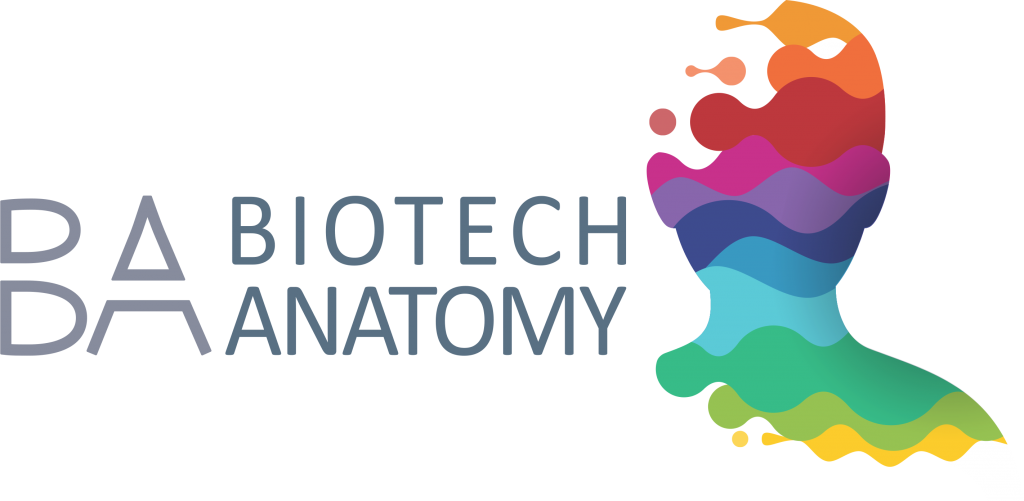Medical Education Laboratories
Plunging into the world of medical education laboratories, we’re about to unlock a trove of essential insights. Think precise, actionable knowledge that’ll sharpen your clinical acumen. We’ll dive deep into the Laboratory Test Directory, uncovering how it streamlines test ordering and interpretation—vital for both rookies and seasoned pros in medicine.
You’ll also get a handle on Biotech Anatomy’s role in improving medical devices and professionals’ skills for better patient care decisions and capabilities—a game-changer for making smart choices fast. And because medical challenges come in all shapes and sizes, we’re going to look at curricula brimming with Comprehensive Diagnostic Solutions too.
Ready to level up? Stick around as we reveal specimen prep must-knows and innovative educational strategies from NYU Langone’s lab—all designed to make you better equipped for tomorrow’s healthcare battlefield.

Navigating the Laboratory Test Directory in Medical Education
For medical students and professionals, mastering and integrating knowledge from Anatomy, Physiology, sampling protocols and the use of Laboratory Test Directory is a critical skill. It’s where you get smart on laboratory tests, and CPT code (Current Procedural Terminology (CPT®)) updates, and make informed decisions that impact patient care. Think of it as your GPS through the complex landscape of diagnostics—a resource updated regularly with new tests to keep pace with advancing medicine.
Utilizing Test Fact Sheets for Informed Decisions
Digging into fact sheets gives detailed insights into specific lab tests. These snapshots not only break down what each test does but also clue you in on when they’re most effective. Let’s say there’s a change in CPT codes; these sheets have got your back so you can stay current without breaking a sweat.
Sure, Hotlines are buzzing with fresh info about changes and updates, but nothing beats having all this data at your fingertips for making choices that really count.
We don’t just want good outcomes; we aim for optimal ones—where patients walk away knowing their health was handled by pros who had access to top-notch information resources like the anatomy lab at one hand and the Laboratory Test Directory at the other.
The Role of Biotech Anatomy in Improving Future Clinicians and Clinical Decision-Making
Making a comprehensive differential diagnosis and choosing the right diagnostic tests and treatment procedures can be like navigating a labyrinth, but with Biotech Anatomy laboratory within reach for learning and training, clinicians have a map. This clinical decision support tool provides information and algorithms that are crucial for informed patient care decisions. It’s not just about having data; it’s about understanding how to apply it effectively within medical education laboratories.
Mastering Testing Algorithms for Optimal Patient Outcomes
In the quest for accurate diagnoses, testing algorithms act as invaluable signposts. For instance, knowing when to use one test over another can drastically alter patient outcomes. The utility of these algorithms is reinforced by their integration into teaching labs where medical students learn to align theoretical knowledge with practical application.
The robust offerings at Biotech Anatomy include an experienced team providing the specifically requested anatomical case for deeper insights into each diagnostic/ treatment option whether if available or being developed and improved—ensuring high-quality results and more precise patient care strategies.
Enhancing Learning with Specimen Preparation Resources
Every aspiring clinician or researcher knows the drill: precise specimen preparation is non-negotiable for accurate lab results. What does that entail in practice? It’s not just about handling and transportation; it’s an art as much as a science, one that requires a meticulous approach to test resources. The right techniques can mean the difference between data you can trust and a do-over.
Imagine juggling test tubes while riding a unicycle—that’s how critical balance is when preparing specimens. Why? Because whether we’re talking tissue samples or blood draws, each type demands its own set of rules. You wouldn’t pack your grandma’s china in a grocery bag for moving day, right? Similarly, there are specific guidelines on specimen preparation handling transportation, ensuring every sample arrives intact and ready for analysis.
The devil truly lies in the details here; from labeling to temperature control—every step matters. Let’s face it; nobody wants their hard work to be spoiled by preventable errors. That’s why educational labs equip students with comprehensive protocols so they can nail this process every single time. With these skills up their sleeve, medical mavens-in-the-making are well-prepared to contribute confidently to patient care through impeccable laboratory practice.
Conclusion
So, you’ve navigated the labyrinth of laboratory tests. You’ve seen how a test directory can be your compass in medical education laboratories. Mastering this tool means better patient care—plain and simple.
You’ve grasped Biotech Anatomy Consult’s genius, haven’t you? It’s about making informed decisions swiftly to save lives. That knowledge is power in your hands now.
Digging into curricula has shown you the vastness of diagnostics—from neurologic diseases to infectious agents. Every bit prepares you for what lies ahead: real patients with real stories.
NYU Langone taught us that blending AI with the human touch isn’t just smart; it’s revolutionary for medicine education. Faculty there are leading by example, proving personalized teaching wins every time.
And remember those specimen prep resources? They’re not just guidelines—they’re gospel for getting results right when it matters most.
This journey through MEDICAL EDUCATION LABORATORIES wasn’t just educational—it was transformative, equipping you to stand out on healthcare’s ever-evolving frontline.


